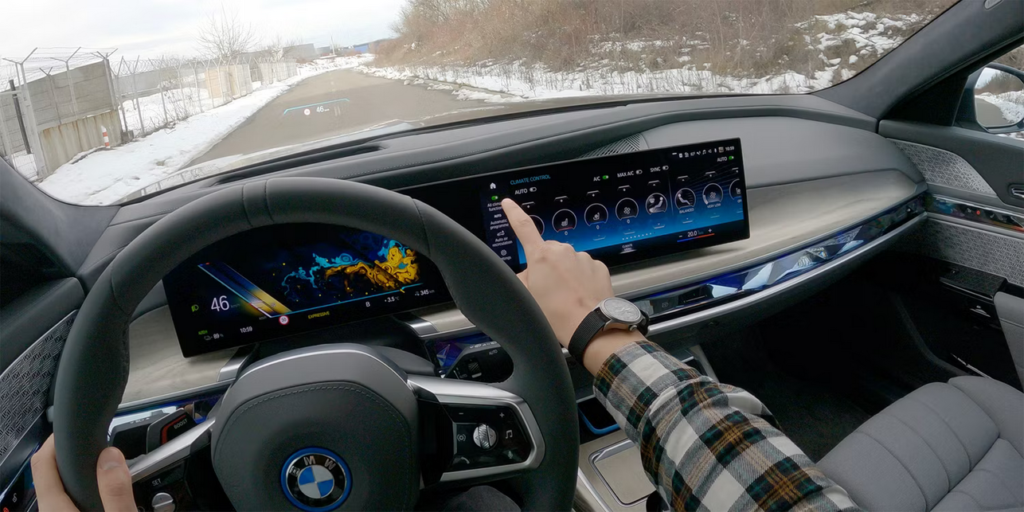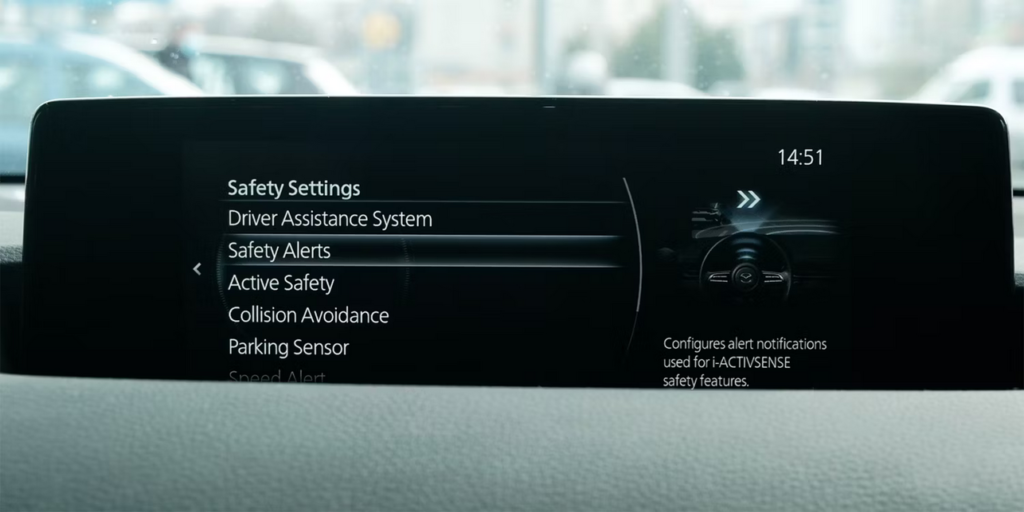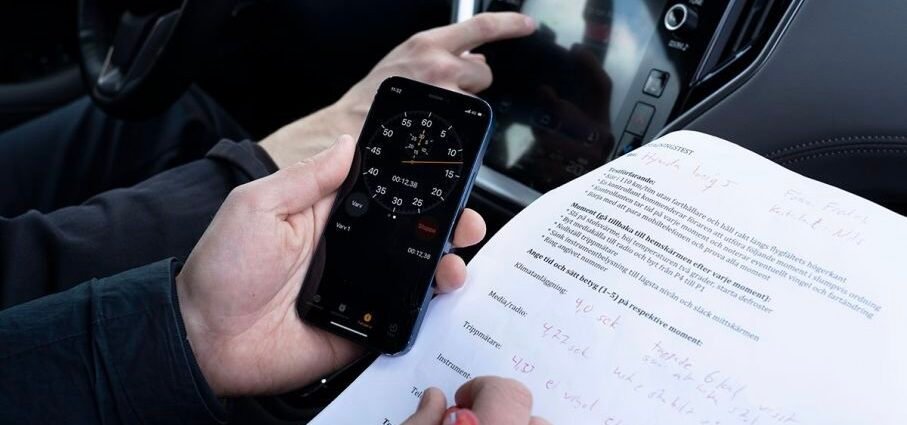Nowadays, most cars for sale have a touchscreen infotainment system, either as a standard feature or as an additional option. But touchscreens in cars may not be a good idea, especially in terms of safety. While they can help simplify the layout of the dashboard and give a modern appearance, there are significant drawbacks that should not be ignored.

Let’s look at how touchscreens in cars can pose safety risks, alongside other drawbacks, and why physical controls are the more practical choice.
Higher Likelihood Of Getting Distracted
Having a futuristic car display in your line of sight on the dashboard can be distracting, as any notifications that appear on the screen might lead you to take your eyes off the road to see what they are.
Your car and phone can be connected, allowing the car to notify you of text messages or emails. Even without phone connection, the car can still display its own notifications, such as reminding you of upcoming oil changes or low windshield washer fluid.
These distractions take away your attention from the most important task at hand, which is driving your vehicle safely.

Takes Your Eyes Off the Road
Many believe that physical controls are superior to touchscreens because muscle memory allows us to quickly locate and use essential functions without looking.
This implies that you can operate the media system, climate controls, and other functions without looking, allowing you to keep your focus on the road. Unlike a touchscreen that requires your full attention, otherwise you may not be aware of what you are tapping.
Functions Are Buried In Menus
Using a touchscreen to control important car functions can be difficult, and it becomes even more problematic when those functions are hidden within multiple menus.

BMW’s iDrive 8 is a particular egregious example of this. It doesn’t have a dedicated climate panel that stays in place as you navigate through menus. If you want to adjust anything besides temperature, like fan speed or directing airflow, you have to touch the screen at least twice—first to open the climate menu and second to make your necessary adjustment.
Touchscreen Runs On Old Tech And Are Unresponsive
Car manufacturers, not being tech companies themselves, typically rely on third-party partners to develop their infotainment screens. Unfortunately, these partners are often chosen for their affordability rather than their technical expertise. As a result, the screens may be cheaper to produce, but they may lack in graphical quality and responsiveness.
Even premium cars today still have inferior touchscreen quality and performance compared to smartphones and tablets.

Screen Failure Makes Important Car Functions Inaccessible
Cars that rely on touchscreens rather than physical buttons for various functions may encounter problems as they age, as these screens can fail and prevent users from adjusting climate, media, or safety settings until they are replaced. While screen failures are not common, they are likely to occur more frequently as the vehicle gets older.
Many manufacturers are currently incorporating larger touchscreens in their vehicles, but this may not continue in the future. Due to negative feedback from owners and journalists, as well as the automakers’ desire to save money, it is likely that upcoming cars may not have big screens or touch controls.
Reference- Inside EVs, Top Gear, Make Use Of article, Swedish car magazine Vi Bilägare, The Verge, Drive






